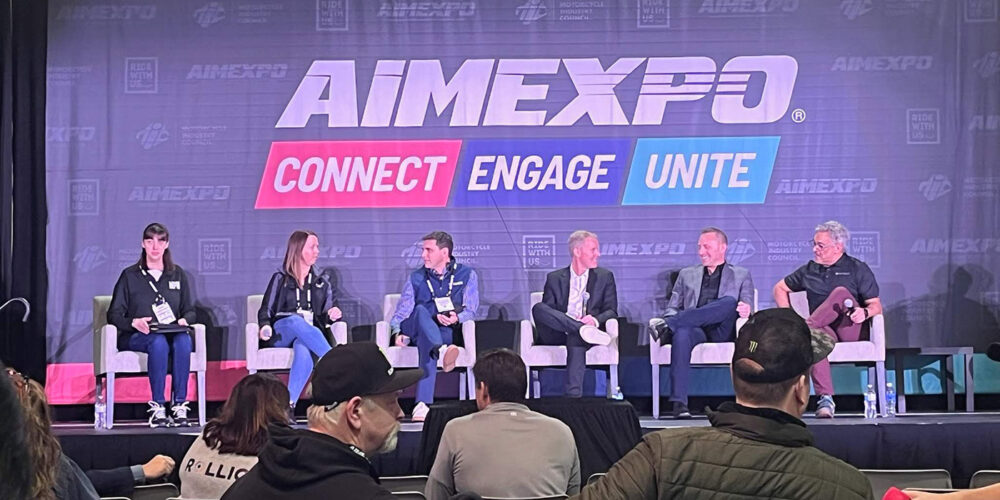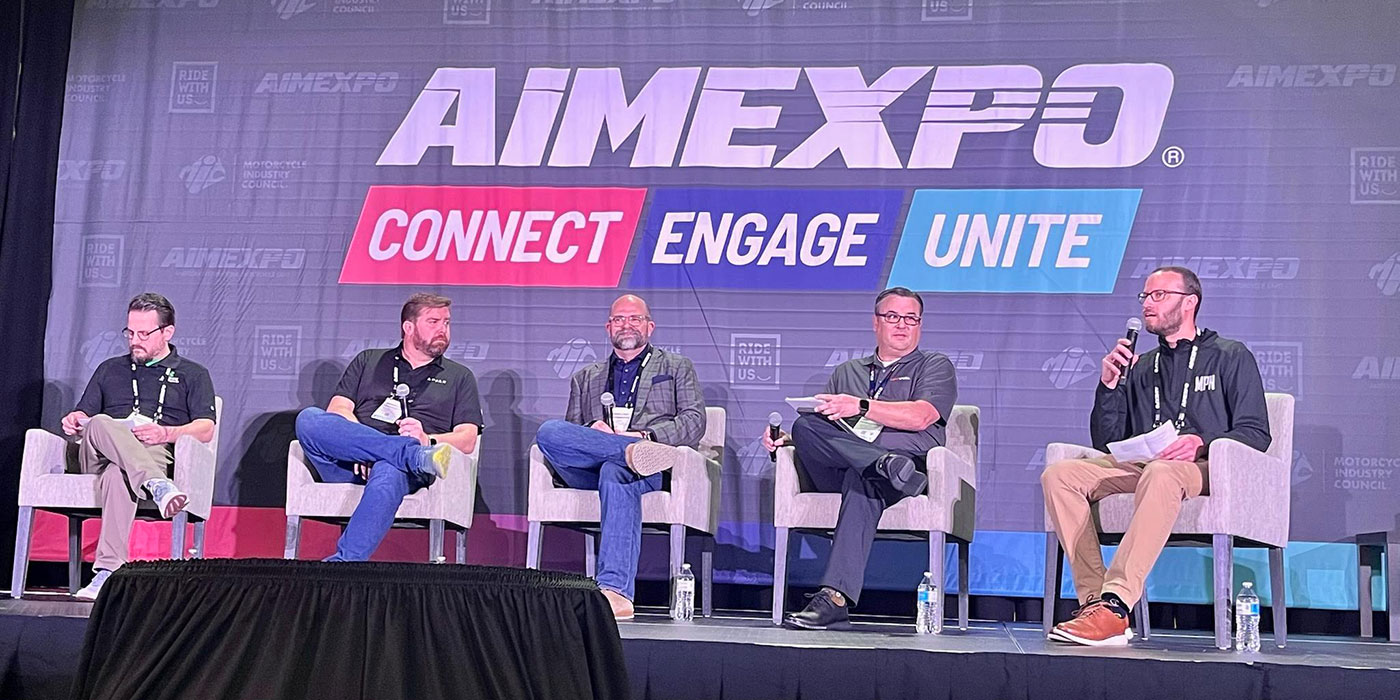The more I do consulting, the more similarities I find across the dealership network. There are two consistent issues that dealerships face: dispatching repair orders and scheduling work. These two issues seem separate, but are many times linked together.
Let’s sort out repair order dispatch first. ROs should exist in only a few places within any given dealership. First, have a “waiting to be diagnosed” file. This file consists of ROs that are in for repair but have not yet been diagnosed by the technician. I like to time-date stamp the RO to track the file and monitor the time it takes. I keep the process less than 48 hours for each RO.
Next, hang a “dispatch file” on the wall in order to alert technicians of the next RO they should work on. I’ll only put one or two ROs per technician in this file to keep the techs from choosing easy work first.
Technicians should have ROs in their possession; however, I don’t allow a technician to keep more than two ROs at any given time. If they need something else to do, they need to turn in an RO to get another one. The two files that need to be kept up to date are the “waiting for customer authorization” file and the “waiting for parts” file. Monitor and track these two files multiple times per day and make sure nothing is put on the back burner. Finally, have ROs waiting for customer pickup.
Keep ROs organized into these files by customer name or by time stamp. Having the original RO signed by the customer is crucial should there be a dispute about any of the charges. It also helps if the technician makes notes on the RO in the event that the customer has a problem with the unit after the repair. If you have ROs in more than five places and your employees are losing them, try narrowing down your filing system.
Scheduling service in the powersports business is a bit like looking into a crystal ball at your local county fair. So many variables and factors can affect the time a job is started and when it will be finished. That being said, there are a couple of things that can be done to organize the scheduling process.
Google and Outlook calendars allow you to drag and drop events. You can quickly move or increase the time it takes to do a specific job and log it in one of these calendars. You can also color code an event. If you see a job that’s colored green, then you know the RO should be located in the customer pickup file. You can choose a color for each one of your file locations to help keep you organized.
The nice thing about Google Calendar is that you can access it from any Web location via your Google account. This also means that your service writers and technicians can log in to see what needs to be done. Having your whole team know what’s expected of them will help move jobs through the system better.
There are also pay systems that help with scheduling such as V-sept, Traffic Log Pro and Schedule Power. Some features of these systems will help track your customers, keep their contact information organized and even contact them after the service has been performed.
Keeping your ROs organized and your schedule up to date will help keep your customers happy and your employees working efficiently.
C.R. Gittere and the Service Manager Pro team specialize in service department efficiency, elevating customer service and increasing department profitability. His monthly column focuses on best practices and unique ways to get the most out of your service department. More information about Service Manager Pro can be found at www.servicemanagerpro.com.













